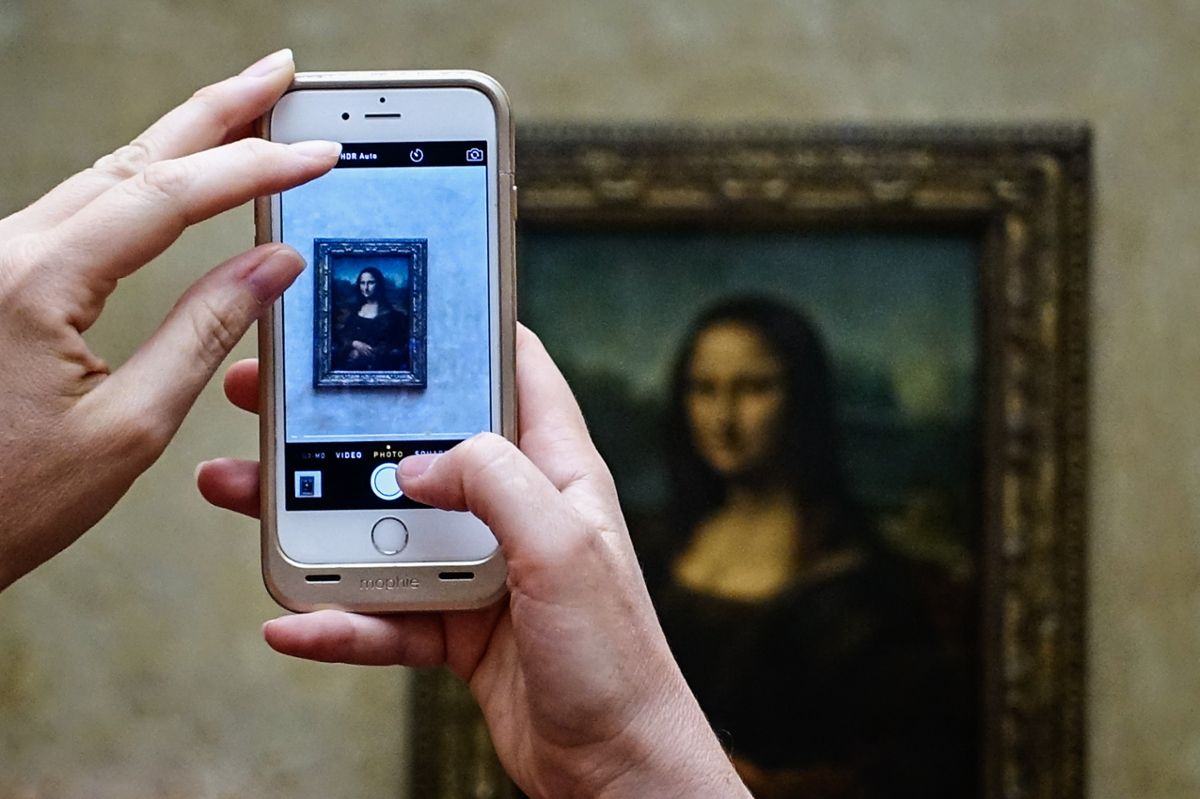Any list of the world's top ten most famous paintings will surely include da Vinci's "Mona Lisa." Part of the painting's appeal is its mystery. Those lucky enough to have an unobstructed view of the Mona Lisa at the Louvre often stare in awe, baffled by the smile that seems to flicker and fade. Gazing at a reproduction of the work produces the same effect. Now she's smiling, now she's not.
What's the deal with Mona Lisa's smile?
Harvard neuroscientist Margaret Livingstone is pretty sure she's solved the puzzle. Presuming nothing, Livingstone reasoned that the famous portrait's flickering smile is caused by the way we see.
Our eyes use two separate regions to see. One is the fovea, a central area used to see colors and pick out details such as fine print. The area around the fovea is better at detecting motion, shadows, and stark, black and white contrasts.
When we look at a person's face, according to Livingstone, we usually focus centrally on the eyes. Gazing at Mona Lisa's eyes, our less accurate peripheral vision notices the mouth, picking up shadows from the cheekbones. The shadows play visual tricks, hinting at the curve of a smile. But when we look directly at the mouth, our central vision doesn't see the shadows, and so the smile suddenly disappears. As our eyes scan different parts of the portrait, Mona's smile seems to fade in and out.
Did da Vinci intend to create this flickering smile effect? Perhaps. In any case, he was genius enough to paint shadows subtle enough to astound viewers for half a millennium. Meanwhile, Mona Lisa will keep smiling. And not.










